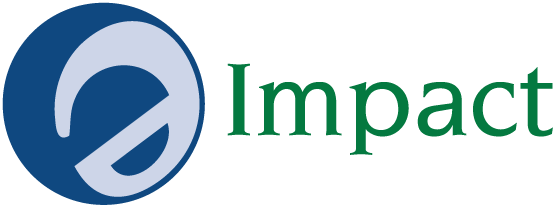Accent on presentations
So you know about the next level. Everyone wants to get to the next level. Everyone wants to go to the next level. But what about the next slide? How do you get to the next slide? How do you go to the next slide? Those are good questions. To get to the next slide, you have to tell people what’s on the next slide or tell them what you’re going to do, and you can’t do it the same way all the time. You need some variations because you have to keep your audience fixed on what you’re saying. It’s not enough to present the content or provide the information your colleagues and managers have been waiting for. Let’s put the accent on presentations. In fact, let’s put the accent on the next slide.
The details are important. And one detail that will help you keep people’s attention and keep them awake is the way you get to the next slide. The language you use to get to the next slide will help you bring your presentations, reports, and updates to the next level. Without a doubt, you’ve got to have a variety of ways to get to the next slide. Practice ways of getting to the next slide, and you’ll be one step closer to taking your presentations, reports, and updates to the next level.
Now, I was listening to one of my accent reduction clients report on her latest activities in bioinformatics research. As I was listening and taking notes on what I heard so that I could provide some critique and observations, I noticed something else that had little, or nothing, to do with her accent. Each time she went to a new slide, it marked a new part of her presentation. But it didn’t always seem clear that she was going to the next part or a new slide. Well, it seemed okay, but I thought to myself that she needs some help with this. For one thing, saying “Here shows” is not a good way to begin what she has to say about the next slide. In fact, “here shows” is something that we don’t say in the first place. Okay, so I broke the news gently and explained that it’s not good to say “Here shows” when you go to a new slide. And it’s especially not good to use that phrase, or any other phrase, about eight times during the same presentation to get to the next slide. Using that phrase, or any phrase over and over again, in order to get to the next slide will not take your presentations to the next level.
Well, I thought she was an accent reduction client. I mean that’s what she signed on for, and that’s what I planned and designed her course for. But, of course, accent reduction quite often, if not always, involves more than accent reduction. In this case, we’re talking about using words and phrases to effectively move a presentation along from one part to the next part. What is there to conclude then? Taking accent and pronunciation to the next level is not enough to take presentations to the next level. As well, accent reduction is not even enough to take your presentation to the next slide. No way. Here’s a list of ways to take your presentation to the next slide. This list works for a bioinformatics presentation, and it works for other presentations. But first, be sure you have a way to start your presentation. The first two phrases work well for this. Also, remember that “Here shows” is not the way to get to the next slide, and it’s not the way to take your presentations to the next level.
- Okay, so I’m going to start by showing …
- Okay, I’d like to start with …
- In the first slide, …
- The next slide …
- Next, we can see that …
- In this diagram we see …
- The next slide shows us that …
- Okay, let’s take a look at the next slide.
- This chart tells us …
- In this chart, we see …
- This data shows us that …
- The data in this table …
- Here, we can see that …
- This next slide …
- We can see here that …
- By looking at the figures on this …
- This, of course, means that …
- This next slide reveals …
- This next slide reveals some interesting …
- I would like to point out that …
- The result we see here …
- This data contrasts with …
- This is a somewhat unexpected finding because …
- It’s interesting that …
- Okay, so now I’d like to show you …
By the way, it could be a good idea to ask if anyone has any questions.
- Okay, so if you don’t have any questions about this, I’ll go to the next slide.
- Would you like me to answer any questions before I go to the next slide?
What about ending? Here are a few suggestions.
- So that’s it for my update. Thank you for listening. I’d be glad to answer any questions you might have.
- Okay, so that covers everything for now. Does anyone have any questions?
- Well, that’s all I have to report for now. Can I answer any questions for you?
Decide on a way to end that works for you and your presentation, update, or report.
